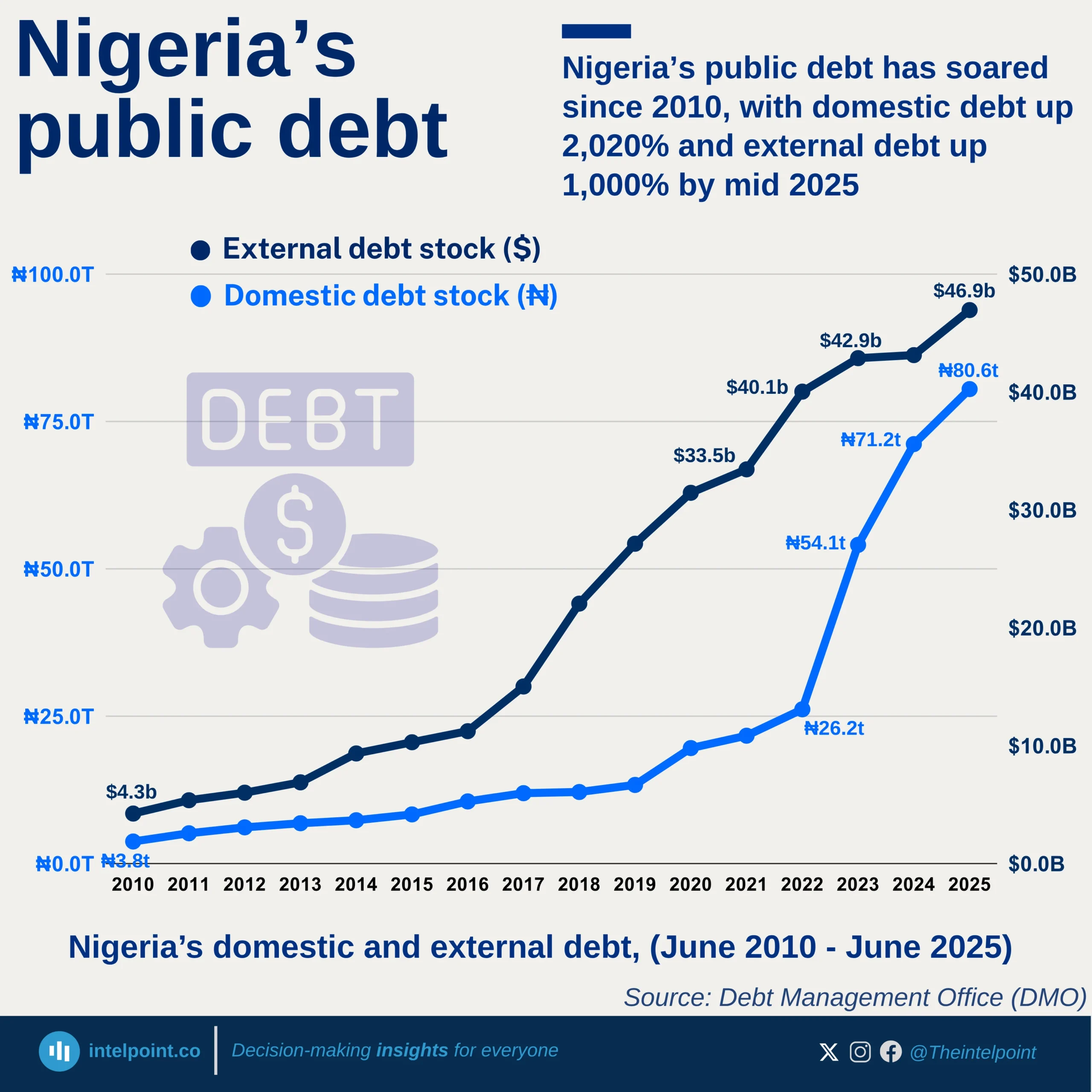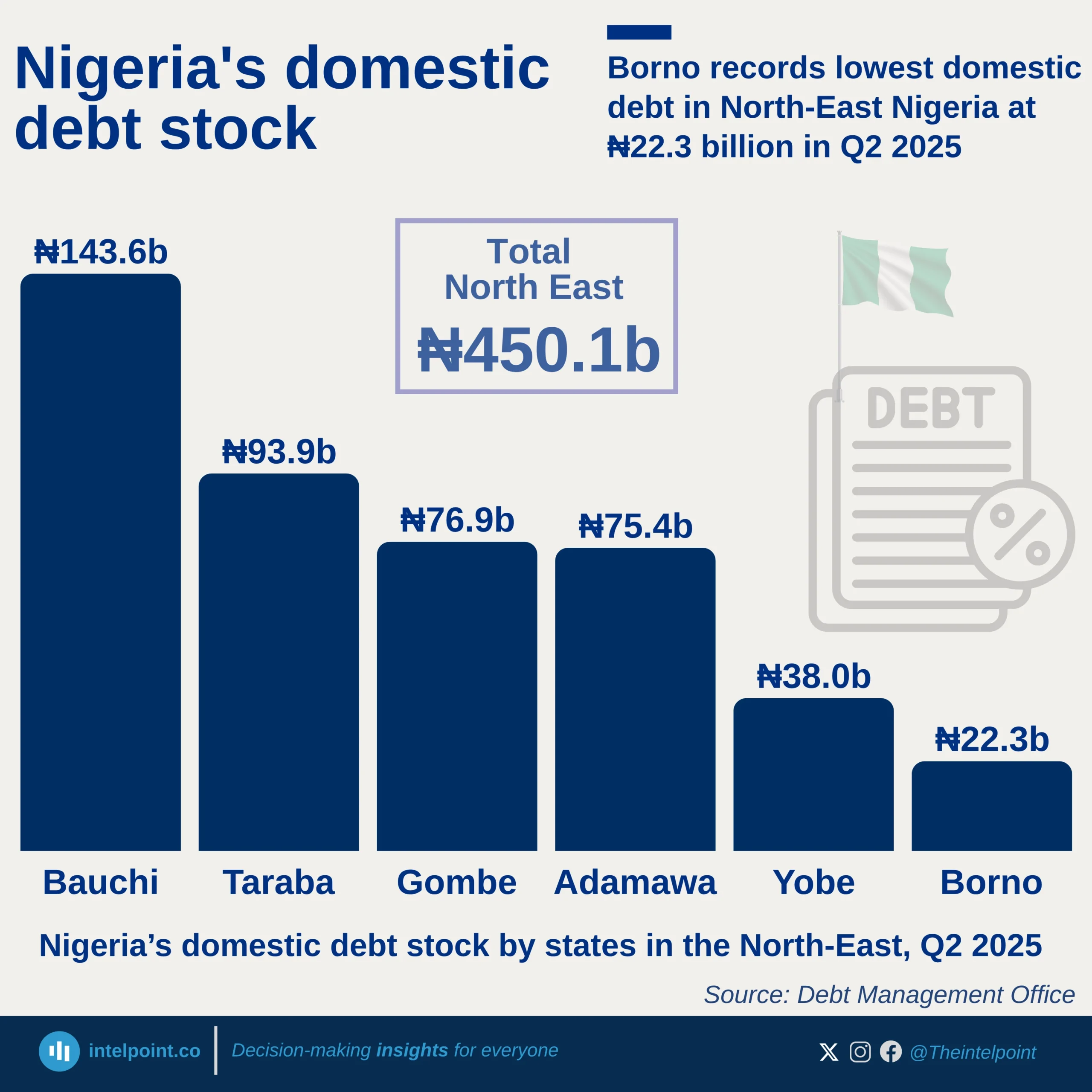Nigeria’s listed cement companies saw strong profit performances in the first half of 2025. BUA Cement and Lafarge Africa posted the highest growth rates at 164% and 148% respectively, with their profits nearly tripling year-on-year. Dangote Cement, while already dominant in absolute earnings, also recorded a notable 50% rise, bringing its half-year profit to ₦436.6 billion.
The surge across the board suggests an improved operating environment for cement manufacturers, likely supported by favourable pricing, volume recovery, or exchange rate-related gains.





